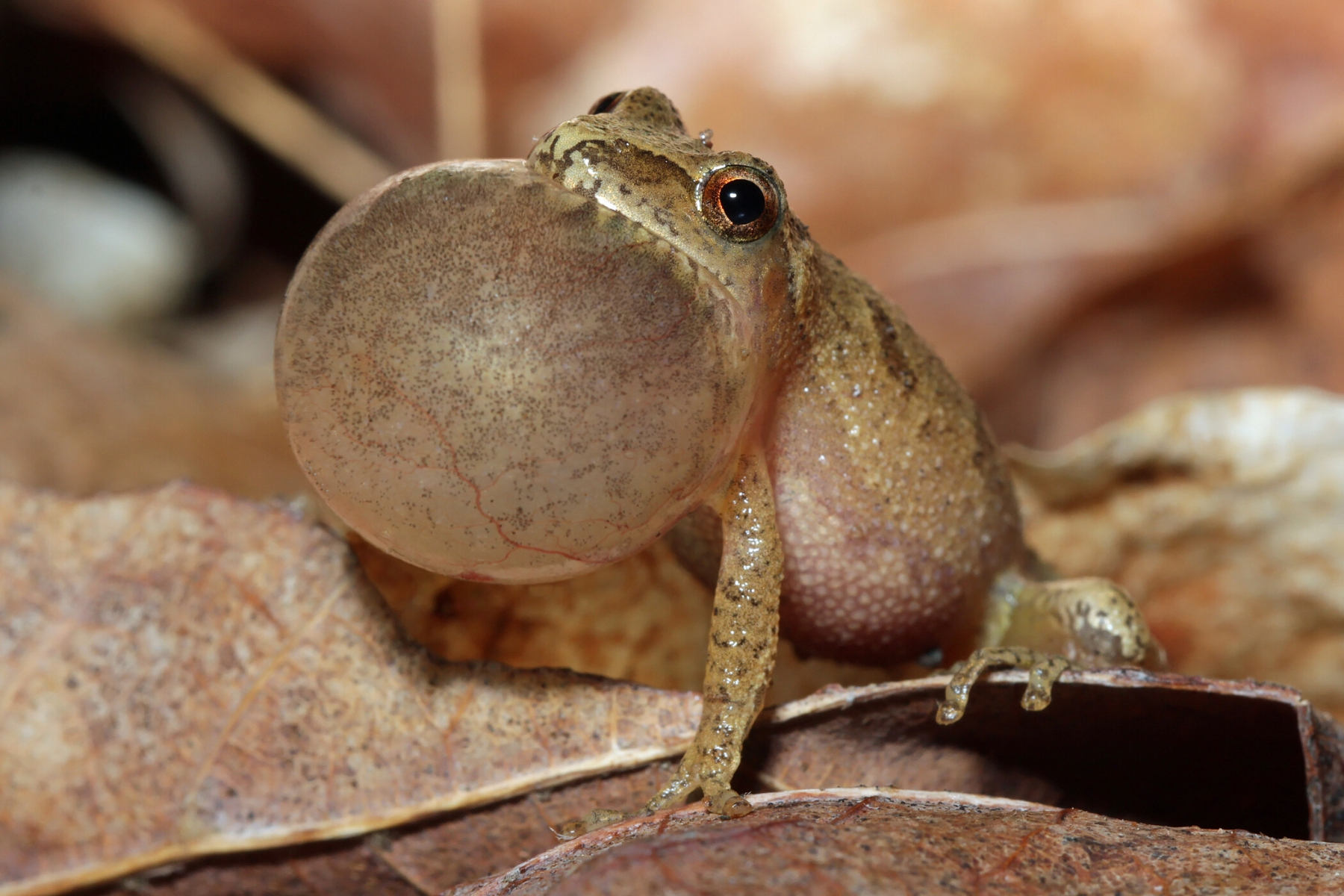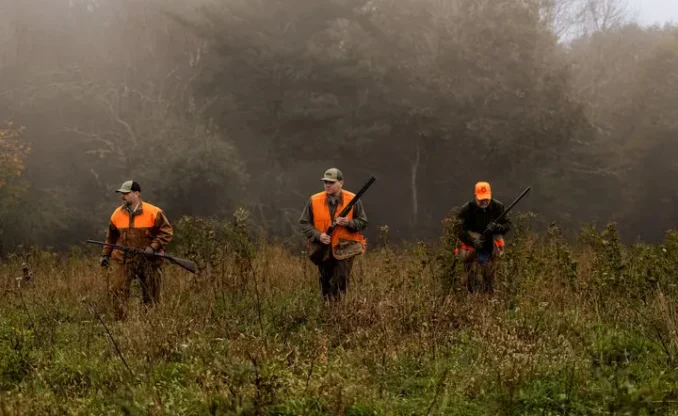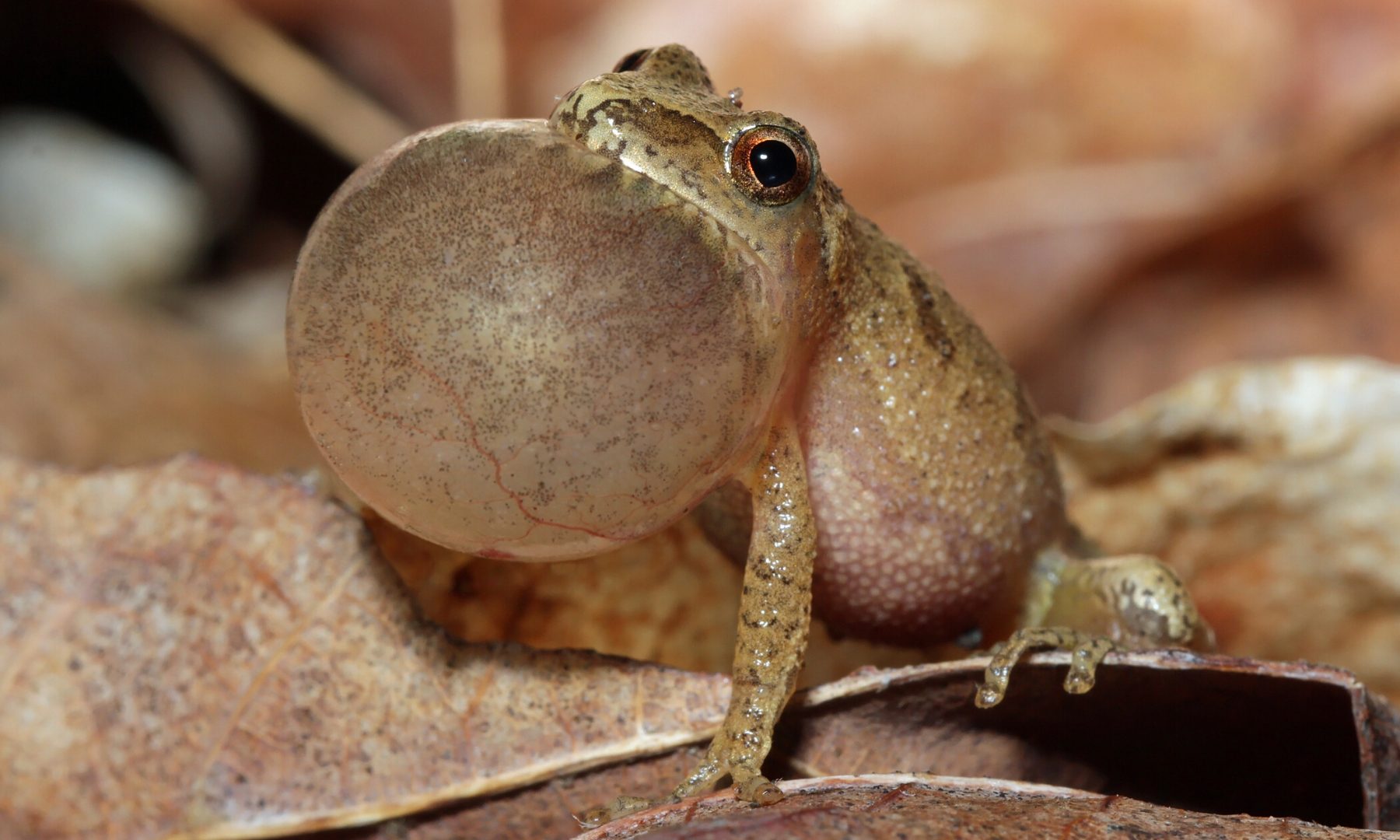You know the woods are preparing for spring’s arrival when the silence of winter is replaced with chorus of high-pitched noises.
Is it a bird?
It kind of sounds like sleigh bells.
Know what it is?
If you grew up in West Virginia and spent anytime playing the woods in the weeks between winter and spring, you probably know that these noises come from spring peepers.
These tiny frogs fill the air with their big voices, but do you know why?
The spring peeper’s song
That sound you hear is male spring peepers trying to attract females.
“They spend the winters in the forest and are only in the wetlands for the breeding season which is now,” said Dr. Jayme Waldron, associate professor of biological sciences at Marshall University. “It can be early if the weather is mild, it can be later if we have a really cold winter.”
The chorus of the spring peepers can be heard in woods and forests all over the Mountain State in the evening hours. The breeding season lasts between a month and a month and a half, which gives parents plenty of opportunities to go outside and teach their kids about spring wildlife.
“Take your kids out there, let them experience it and then they will love it forever,” Waldron said. “They really will because it is really cool to hold a spring peeper in your hand.”

About the spring peeper
Spring peepers are nocturnal amphibians found in wooded areas and grassy wetlands near ponds and swamps. You can immediately identify them by looking for dark lines that form an X on their tan or brown backs.
The spring peeper’s unmistakable vocalization is a mating call performed by males. Spring peepers usually mate in early spring and females lay around 900 eggs in clusters under vegetation in water.
To learn more about West Virginia wildlife, visit www.wvdnr.gov.




